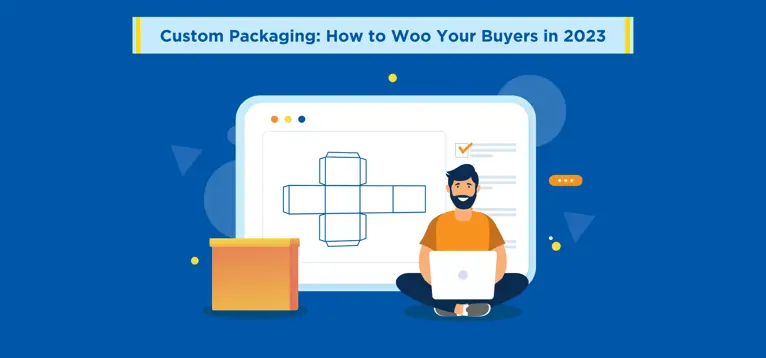Custom packaging has become quite popular with retail brands of different industries. According to the 2022 Unboxing Survey, 59% of retailers are using branded packaging in 2022 compared to 39% in 2016.
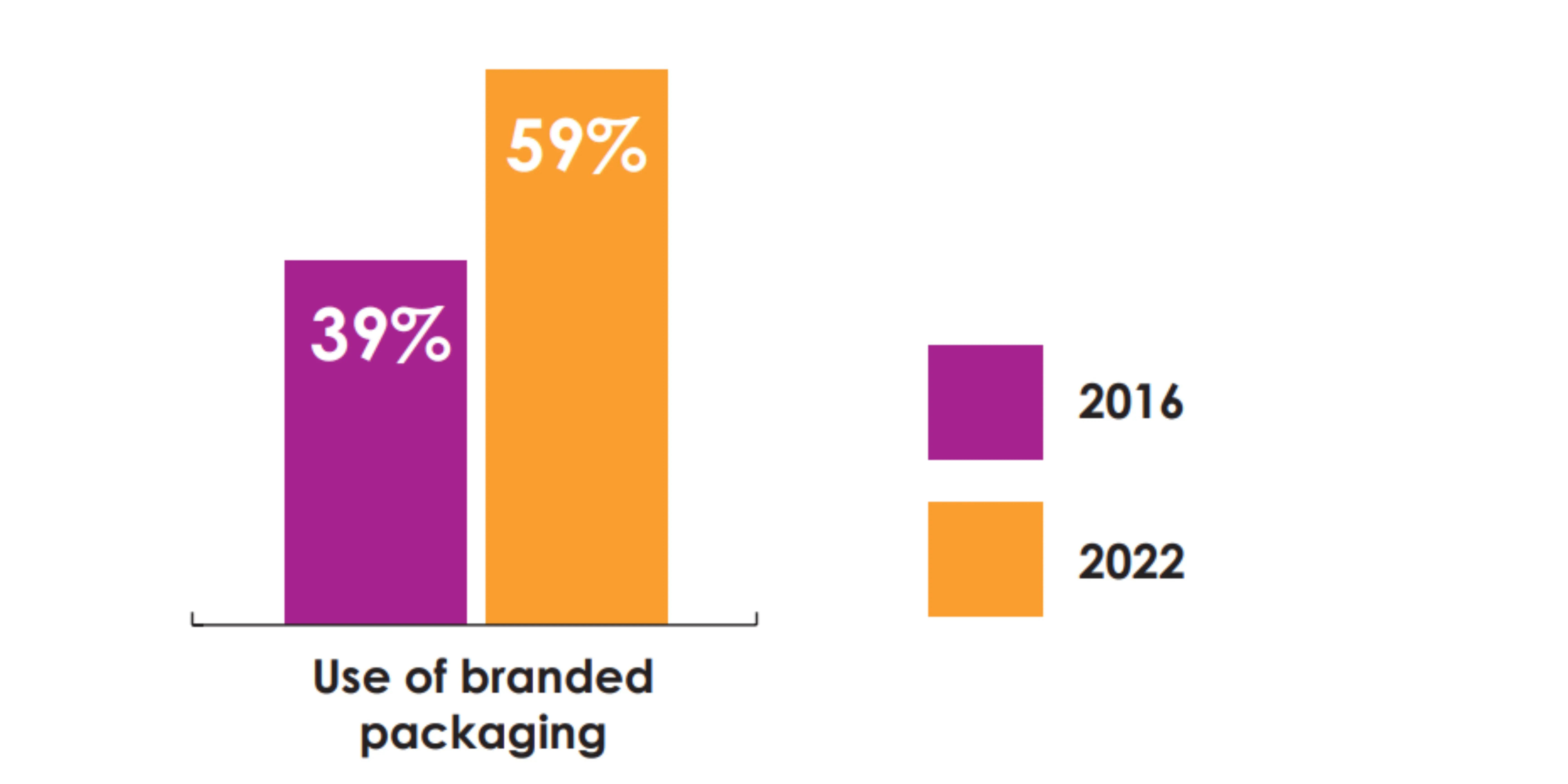
This rise in popularity can be attributed to several factors concerning marketing, supply chain management, customer experience, and so on. This article shows how custom product packaging can help your brand and how to create it for your brand.
Why Create Custom Packaging for your Products?
Custom product packaging contributes to the recognition and attractiveness of the product. It helps you control various aspects of marketing and customer experience. A brand can meticulously design how customers perceive a product through custom packaging.
Custom packaging design makes it easy for customers to recognise a brand. A unique packaging design can also influence purchase decisions.
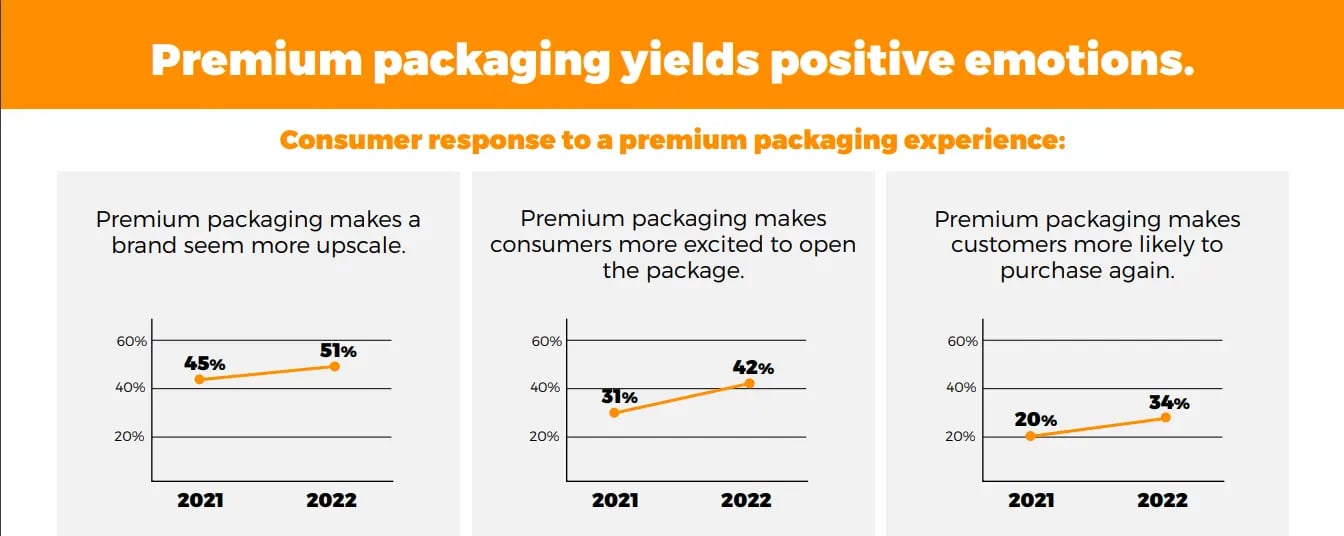
Custom-made packaging also contributes to the customer's experience after they purchase the product. You can design a unique unboxing experience through custom packaging. With each packaging layer, you can further influence the customer’s perception towards the product.
Custom box packaging can also help you control several aspects of logistics. You can control the level of protection for your products during storage and transport. This is especially important for fragile products and perishable items.
A Guide to Creating Custom Product Packaging for your Brand
Different packaging can fulfil different functions for your products. Each custom packaging design also creates a distinct perception of the product. This step-by-step guide will help you design custom product packaging for optimum functionality and attractiveness.
Step 1: Understand the Product and the Customers
You need to consider the product and the customer to design custom-made packaging. These factors will determine the type, dimensions, shape, layers, contents, and material of custom product packaging.
The most important factor to consider for custom packaging is the product. First, you need to consider the type and size (volume for liquid products) of the product. Second, decide the level of protection required for the product.
These factors will help you decide the dimensions, shape and packaging material. These aspects serve as the foundation for custom packaging. You can then build upon this foundation for creating attractive custom packaging designs.
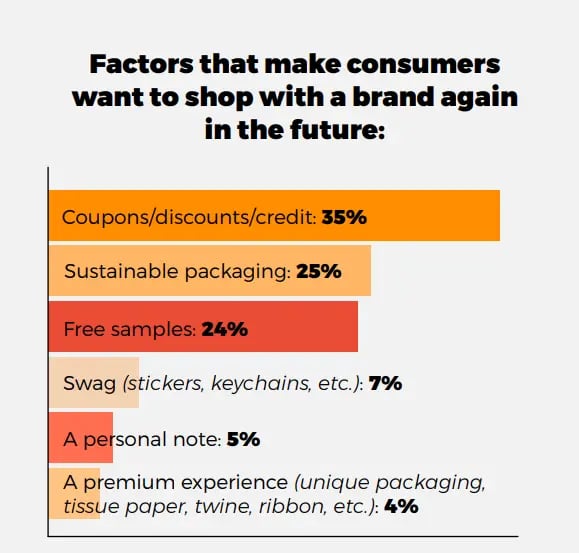
You need to consider how the customer will use the product. You need to incorporate the elements that would make your custom packaging useful and appealing to your customers.
For example, if you are selling premium goods for luxury shoppers. You need to develop custom box packaging to create an elaborate, unboxing experience. However, if you are selling FMCG products for household customers, your custom packaging boxes should be simple.
Step 2: Consider the Layers of Custom Packaging
Based on the type of product, you need to decide the number of layers of your custom packaging. Each layer serves a different purpose for logistics, marketing, and customer experience.
Primary packaging contains and protects the product. For some products, customers use this layer alongside the product. Secondary packaging grants further protection to the product. It also serves as a containment unit for multiple products.
These layers of custom packaging are customer-facing. Hence, they also contribute to the attractiveness of the product and the brand.
Transport packaging is necessary for logistics. It protects the product and other layers of packaging during transport and storage. This layer of custom box packaging depends on the frailty of the product and the order fulfilment process.
Step 3: Select Your Packaging Shape & Material
The criteria to choose the packaging shape and materials are different for each layer. The shape and material of custom product packaging should provide protection, functionality, handling and attractiveness for the product.
The choice of shape and material for primary packaging depends mainly on the type of product. You can choose plastic bottles or glass jars for liquid products. While custom box packaging made from cardboard works for a variety of solid products.
The shape and material for secondary packaging depend on several factors. These include the number of items in the custom packaging, protection requirements, and marketing objectives. You can explore a variety of shapes and materials for this layer of custom box packaging.
To pick the shape and material for transport packaging, you only need to consider its functionality for logistics. If the order fulfilment journey is short and safe, you can simply wrap the product with custom packaging tape. However, for long and hazardous journeys your custom-made packaging should be robust.
Step 4: Design Your Packaging
Custom packaging design refers to visual aspects such as colours, textures, logos, patterns, text, and so on. Here you only have to consider identity, attractiveness and information architecture. You can use unique designs for different layers of custom-made packaging. You can also pick a theme and follow it throughout all layers.
Each element of custom-designed packaging should communicate with your customers. The colours, graphics and patterns should communicate the nature of the product and the brand. They also differentiate your brand from the competition.
You need to pick these elements based on how you want your product and brand to be perceived. Through visual elements, custom packaging boxes serve as the identity of the product.
You also need to consider how the customer receives information about the product and the brand. Through custom product packaging, you need to communicate product name, product type, brand name, user information, safety guidelines, etc.
Step 5: Add Complementary Items
Including complementary items in custom packaging boxes has a significant impact on customer experience. It increases the perceived value of the product and encourages repeat purchases.
Complementary items also inspire customers to post videos and images of the product on social media.
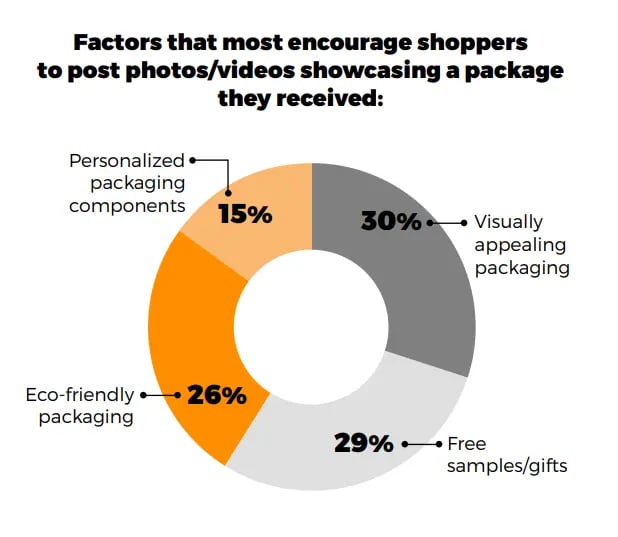
You can include a variety of complementary items while packaging custom boxes. These include free product samples, coupons, discounts, product accessories, gifts, thank-you notes, personalised letters, and so on. These items are usually a part of the secondary layer of custom packaging.
Step 6: Measure Feasibility
You need to measure the feasibility of custom packaging at different stages of supply chain management. You need to consider the cost of production and distribution of custom box packaging. These aspects have a direct impact on the price of the product and profit margins.
Before you introduce custom packaging boxes to the customers, you need to account for the cost of manufacturing them. You also need to consider how custom product packaging will affect the cost of logistics.
Summing Up
You need to focus on the type of product and targeted customers to define different aspects of custom packaging. Based on these you should work out the layers of packaging. After that, you need to define the shape of the packaging for each layer. Here you also need to decide the materials you will use to create that shape.
Once you have the structure, you need to work on a custom packaging design. You need to communicate your product and brand through visual elements. You can also include complementary items in custom box packaging to make it more appealing.
Finally, you need to test the feasibility of your custom-made packaging for manufacturing and logistics. Here are a few product packaging ideas for small businesses that can help you keep down the cost of custom product packaging. You can also take inspiration from product packaging ideas from different industries.
Image Sources: Macfarlanepackaging.com, Hubspot,
